 The Pinyon Jay cowl is the second cowl pattern in The Wild West: Patterns Inspired by the Flora, Fauna, Geology & History of Arizona, vol 1: Lace 1.
The Pinyon Jay cowl is the second cowl pattern in The Wild West: Patterns Inspired by the Flora, Fauna, Geology & History of Arizona, vol 1: Lace 1.
I designed the sister pattern to this, the Pinyon Jay Crescent (to be released in LACE 2) first, spring/summer 2013, and really loved how I blended the edging into the traditional stitch pattern. I went ahead and designed the cowl, adding a little bit of purl contrast to the top edge.
I had originally wanted to do this just in Shibui Silk Cloud, but ended up doing the version in the Baby Alpaca first. I also had some Knit Picks Stroll in Agate Heather (a color I adore, that fits into the color palette of the collection), so ending up doing 3 different versions, with different beaded options.
ROMANCE
This lovely cowl is offered in three weights, with or without beads. I chose the beading colors on the DK version to evoke the colors of the Pinyon Jay.
PATTERN NOTES
Laceweight is shown without beads. To include beads, simply place beads as shown in the Fingering and DK Weight chart.
 I love this feathery lace stitch pattern, and explore it further in the forthcoming LACE 2.
I love this feathery lace stitch pattern, and explore it further in the forthcoming LACE 2.
FINISHED MEASUREMENTS
Height: 9¾ (10¼, 10¼)in / 24.5 (26, 26)cm
Top Circumference: 23¼ (25, 28)in / 59 (63, 71)cm
YARN
Lace: Shibui Silk Cloud, 60% kid mohair, 40% silk, (330 yd / 25g), 1 skein, shown in Watermelon.
Fingering: Knit Picks Stroll Sock Yarn, 75% Superwash Merino, 25% Nylon, (231 yd / 50g), 2 balls, shown in Agate Heather.
DK: Shibui Baby Alpaca DK, 100% baby alpaca, (255 yd / 100g), 1 skein, shown in Ivory.
NEEDLES
Lace: US1½ / 2.5mm needles or size to obtain gauge
Fingering: US3 / 3¼mm needles or size to obtain gauge
DK: US6 / 4mm needles or size to obtain gauge
GAUGE
Lace: 22 sts and 40 rnds = 4in / 10 cm in St st.
Fingering: 18 sts and 32 rnds = 4in / 10 cm in St st.
DK: 16 sts and 32 rnds = 4in / 10 cm in St st.
NOTIONS
Miyuki see beads size 6/0 in the following colors. I recommend getting more than this minimum to account for loss, breakage, and defects.
For 2 color version
(203) beads, shown in 4511 Black Picasso
(56) beads, shown in 412FR Matte Op Turquoise Green Ab
For 1 color version
(259) beads, shown in blend of 412FR Matte Op Turquoise Green Ab and 412F Op Turquoise Green
(1) stitch marker for beginning of round, yarn needle
crochet hook or dental floss for bead placement (I use a 0.75mm hook)
yarn needle
SKILLS
knitting in the round, lace, reading charts, beading (directions given)




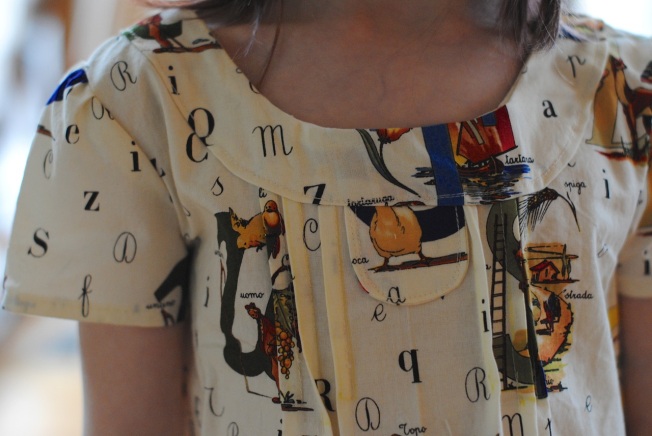


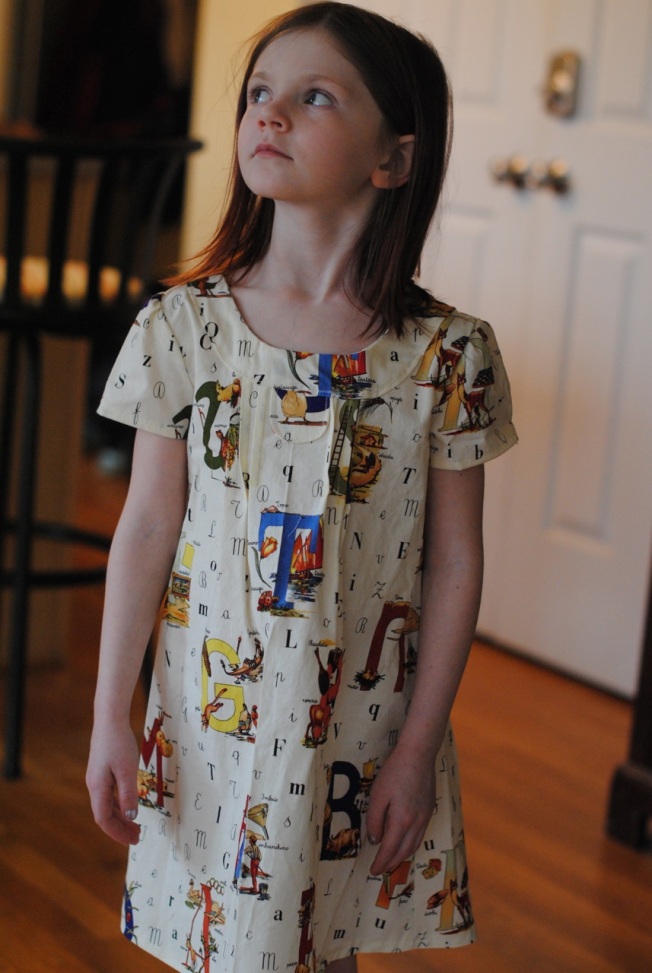

 The
The  I love this feathery lace stitch pattern, and explore it further in the forthcoming LACE 2.
I love this feathery lace stitch pattern, and explore it further in the forthcoming LACE 2.














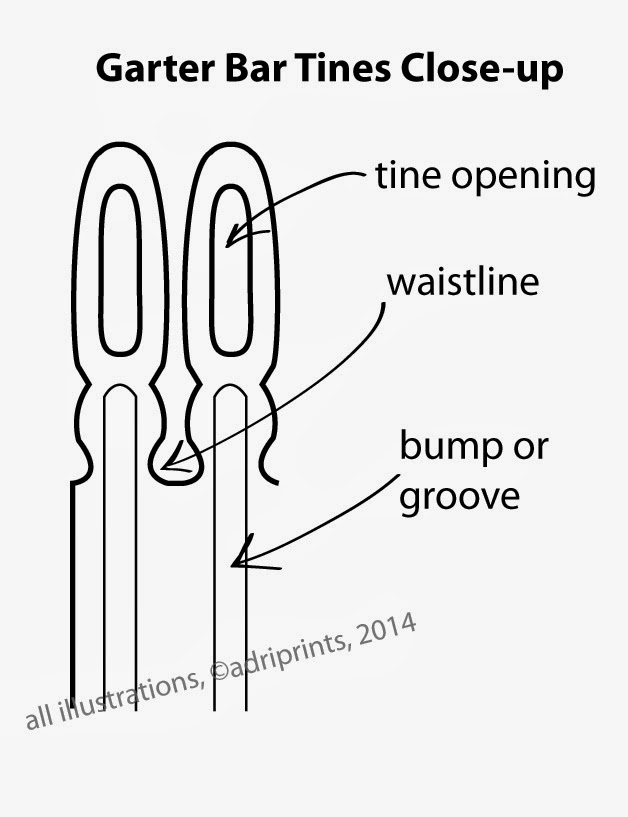
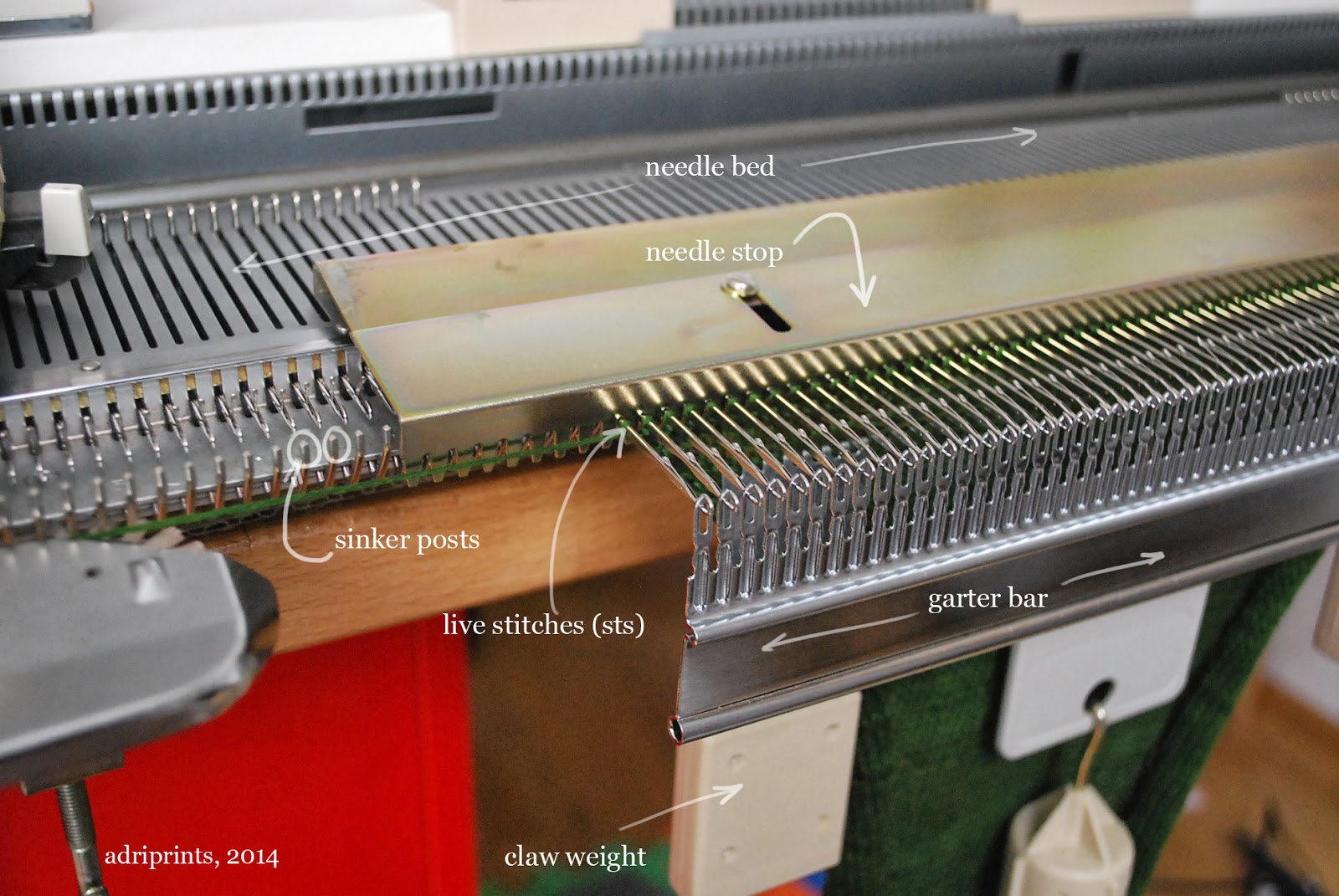
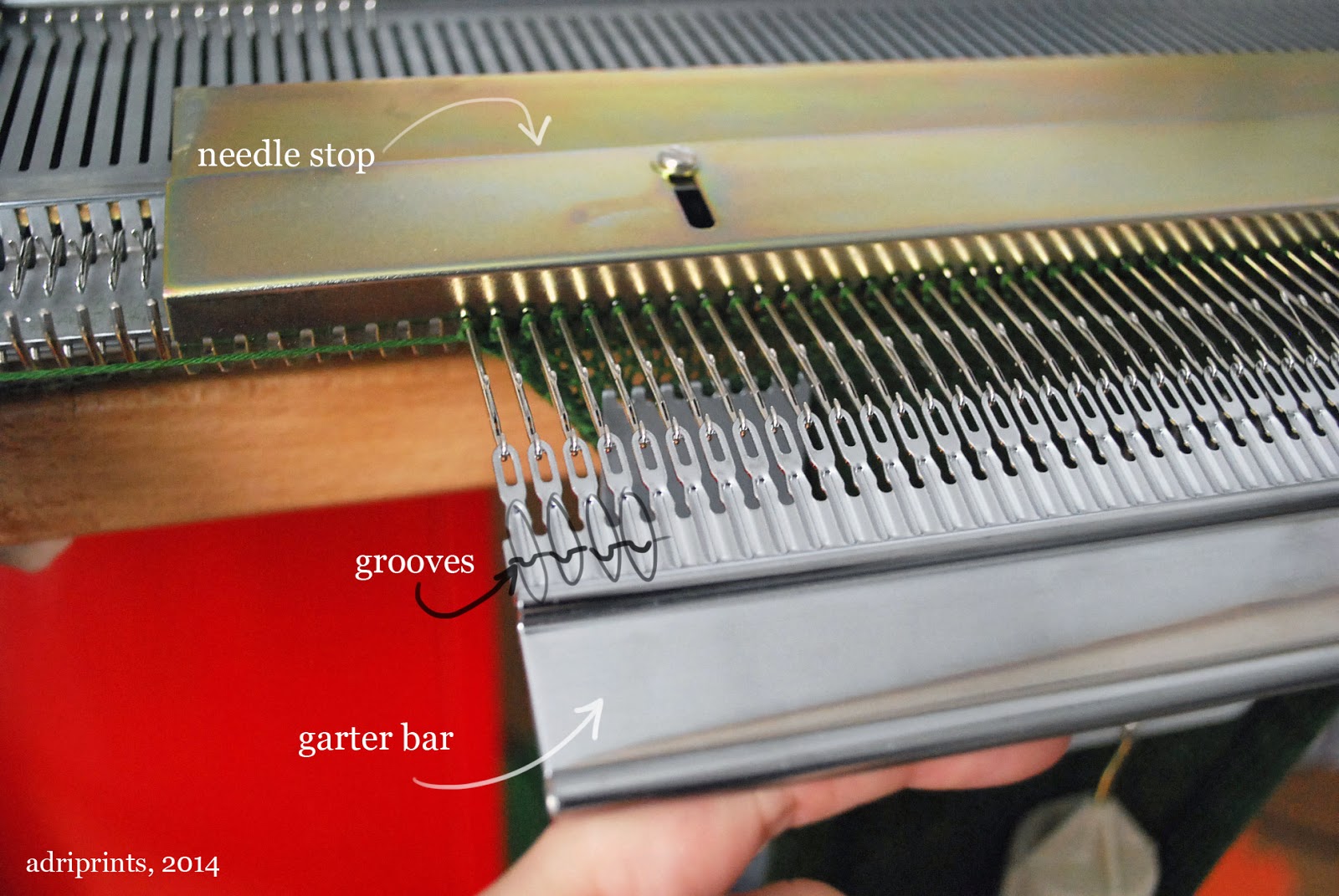






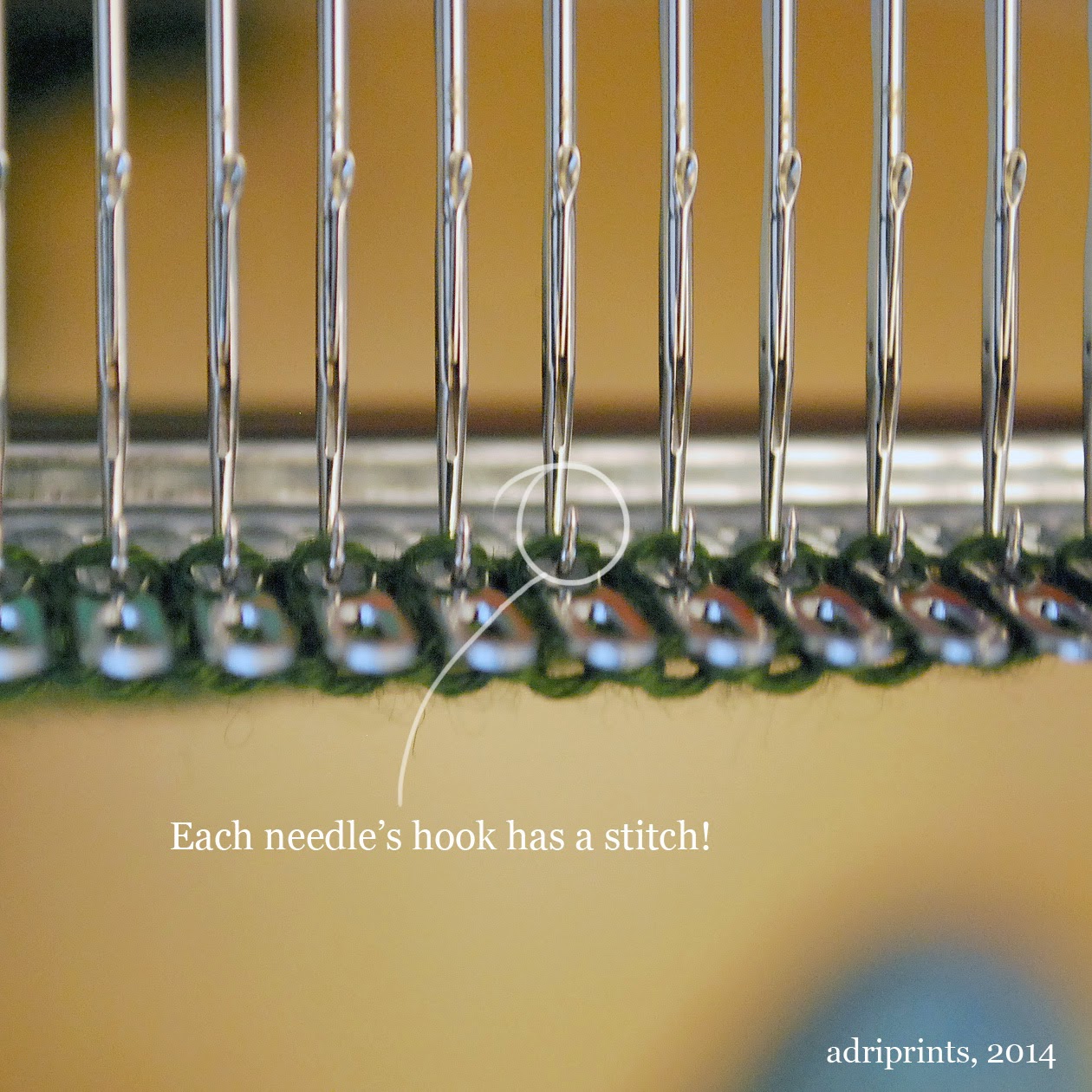











 he
he 
